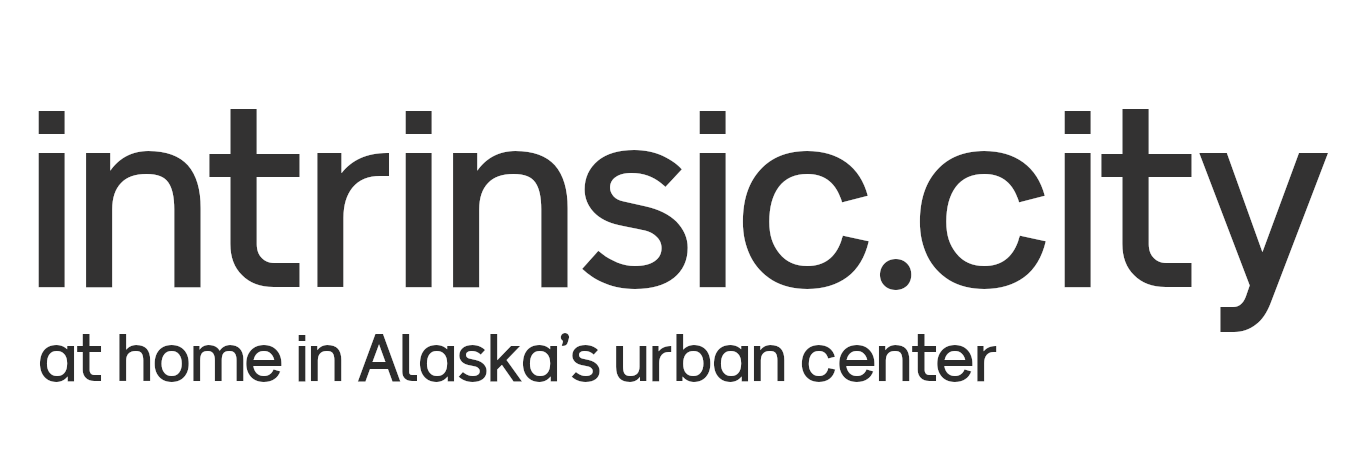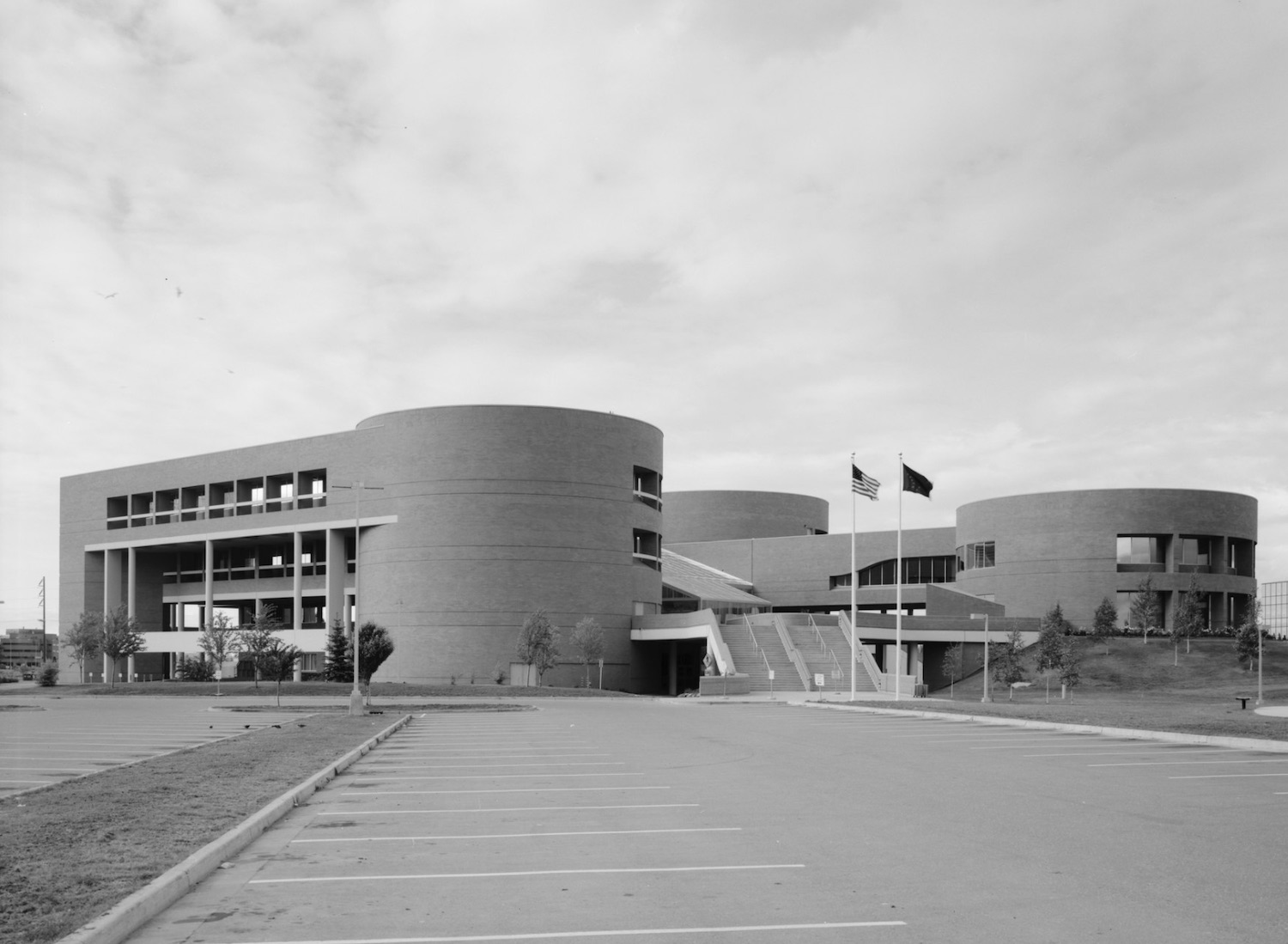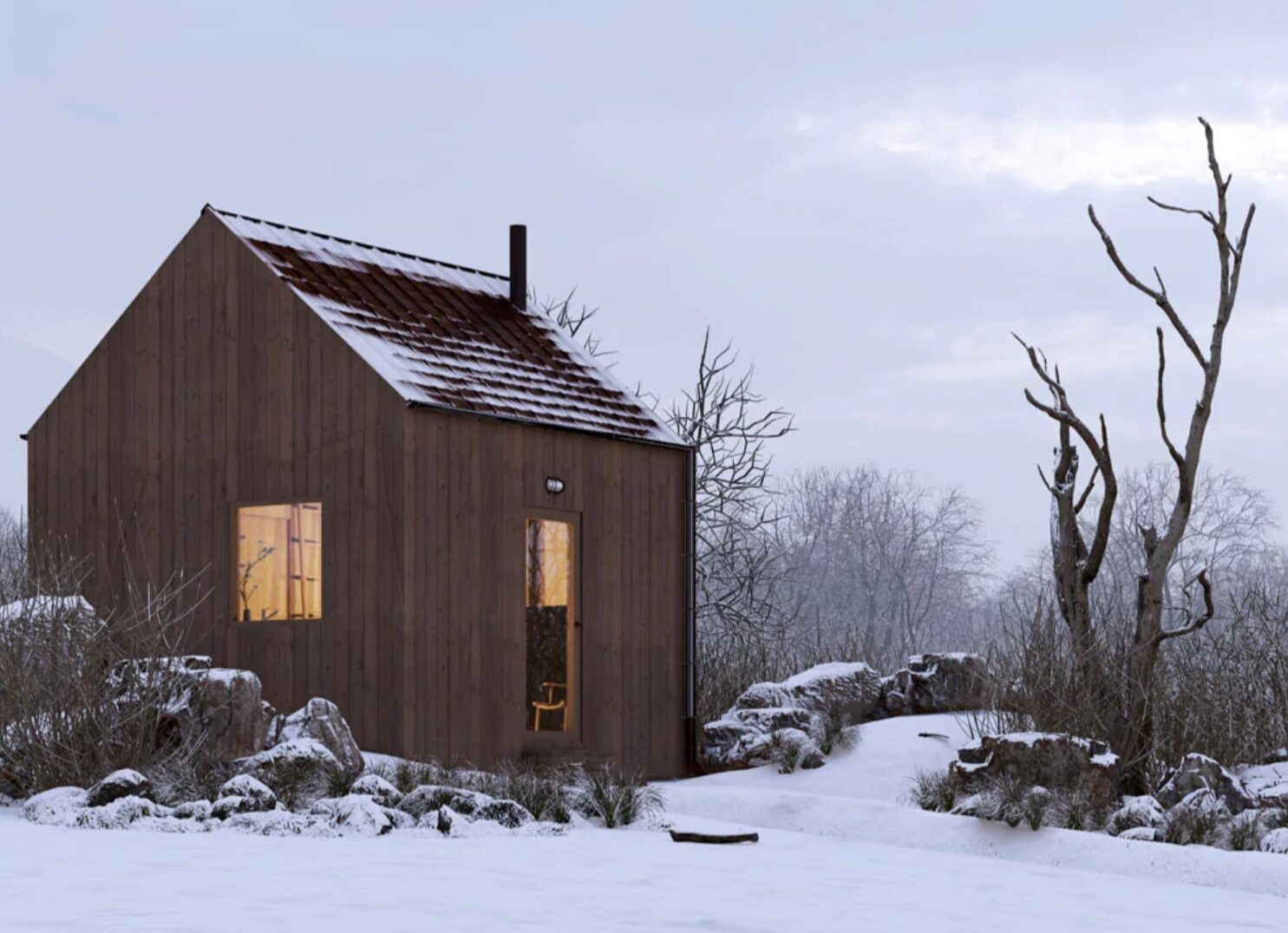Project ’20s kicks up dust from Project ’80s – Four
intrinsic.city reflects on Anchorage’s single largest civil construction project – Part 4 of 4
This is the fourth and final installment of this series.
Unfortunately, the Anchorage Assembly was unable to move Project ’20s forward in time for inclusion on the April 2020 ballot. However, with just over nine years of the ’20s remaining, I’m sure Project ’20s will be back next year with a further refined initiative and an undoubtedly larger base.
Anchorage Public Library (Z. J. Loussac Library)
After the demolition of the original Loussac Library downtown in 1981 and a brief stint in a transitional library, the new library opened in 1986.
Rather than building in the city center like typical main branch libraries the massive new 140,000 SF brutalist structure was built at 3600 Denali Street in the area we now call midtown on a 17.5-acre parcel of land purchased from an Anchorage homesteader family. This decision further demonstrated Anchorage’s commitment to sprawl by selecting a site that seemed far removed from pretty much anything. Similar to the popular office parks of the ’70s and ’80s – A large building surrounded by rolling hills of manicured grass, invasive, non-native trees and a massive parking lot. Essentially a commuter library.
Today, the library has excellent programming and continues to be a valuable asset to our community, they even recently did away with late fees – part of a national trend to address inequity. The bus route that had served the library for many years and was cut in 2017 is now being reinstated, a positive step in terms of undoing a decision that created inequity on several levels by hindering access to not only the library but the assembly/ town hall meetings, voting, and community services – It still has a massive parking lot.
As the internet becomes more accessible and information instantly delivered, fewer people are visiting the library for research and with the growing popularity of ebooks, people aren’t checking out as many books.
Libraries have been evolving into community centers. Our library has been doing an excellent job adapting to these changes and is currently offering a wide variety of useful services that benefit our community like job services, training, etc. They’re also continuing to provide family-centric events and access to technology. Ensuring that these resources are easily accessible to our community is critical.
During his tenure as mayor of Chicago, Rahm Emanuel took this even further by integrating mixed-income housing into brach library projects. By doing this, you’re giving access to critical resources to the people that need it the most without requiring transit.
As I pointed out in a previous article the area around Loussac Library could be the most walkable neighborhood in Anchorage if only people lived there. With the exception of recent downtown housing projects like Elizabeth Place, many developments in Anchorage have followed the “tower in the park” housing project model of places like Cabrini-Green or Pruitt Igoe albeit, on a much smaller scale. They’re dense, isolated housing units without sufficient access to the resources to help lift the people up unless they have a car. An example is the coincidentally named Loussac Place, which is located on the Chester Creek trail between C and A streets. While it’s nice that it has access to the trail and the ball fields it lacks access convenient access to anything else. It’s over a mile away from midtown, 1.5 miles from downtown and 1.25 miles from the library. If you think that’s walkable, I invite you to take a walk along this stretch C street, especially in the wintertime or with small children.
The Loussac Library is a public resource that has greatly benefitted this community over the past 30 years but for it to benefit everyone we should not only be focused on improving the facility itself but enhancing access by rethinking the surrounding space. Perhaps a parking structure with housing above or build housing on the North Lawn (36th Ave), all options that should be considered in future improvement projects.
Other improvements include the (somewhat) recent renovations by RIM Architects which modernized the entrance and corrected the problematic staircase which had been an issue since the library first opened. The modern architectural styling of the redesign is an interesting juxtaposition, to say the least, whether future renovations will seek to create a more cohesive exterior appearance by un-brutalizing the original exterior through design changes or maybe even just painting it a dark color will be interesting to see.
The Alaska Collection which was previously housed in the round, fortress-like building separated from the main library was largely destroyed by a flood in 2017, the loss of materials makes such a large space unnecessary and the library is working to design a new space with the help of local architecture firm McCool, Carlson and Green in another part of the library and the previous location will be redeveloped into an event rental space.



